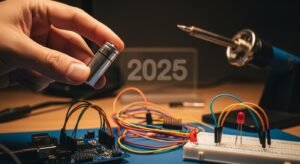
Selecting the Right 3.7V Battery 2025 Project Guide
Select the right 3.7V rechargeable lithium-ion battery by matching capacity (mAh), discharge rate (C-rate), and size to your 2025 project’s
11 年的锂电池制造商

Select the right 3.7V rechargeable lithium-ion battery by matching capacity (mAh), discharge rate (C-rate), and size to your 2025 project’s
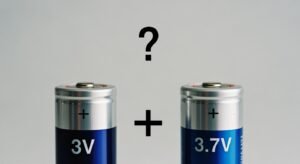
Deciding between 3V vs 3.7V lithium-ion batteries? A 3.7V cell is rechargeable for high-drain devices, while a 3V cell is
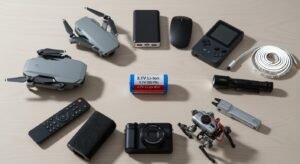
See the top 10 applications for 3.7V Li-Ion batteries, from smartphones, laptops, and drones to power tools and e-bikes. Here’s
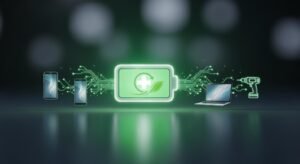
Want to maximize the lifespan of your 3.7V lithium battery? Keep its charge between 20-80%, avoid extreme heat, and use
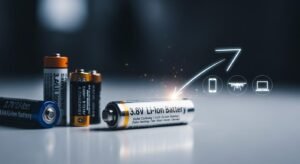
Engineers choose 3.8V Li-Ion batteries for their higher energy density, which provides longer battery life in a compact size for
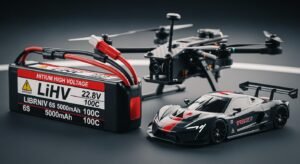
Get more power and longer run times for your drone or RC vehicle with LiHV batteries. These high-voltage lithium batteries
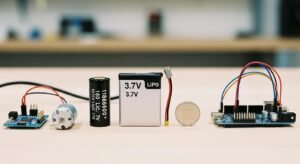
This complete guide to 3.7V lithium batteries covers applications, specifications, and best practices. Select the right cell by size, capacity,
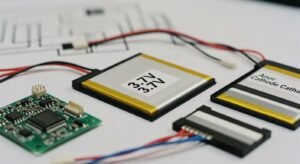
Get a complete guide to 3.7V lithium-ion battery technology. Understand its chemistry, performance specs like capacity and C-rate, and crucial

Get a complete guide to battery plastics, from polypropylene separators to solid-state electrolytes. See how innovations in materials improve battery

The key differences between NiMH and NiCd batteries are chemistry and eco-impact. NiMH batteries are cadmium-free and safer for the

Calculate lithium-ion battery weight with a simple formula: divide total energy (Wh) by specific energy (Wh/kg). This guide covers how
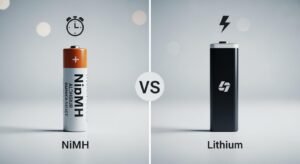
In the NiMH vs Lithium batteries debate, lithium-ion offers a longer lifespan (1,000+ cycles vs. 300-500) and superior power with